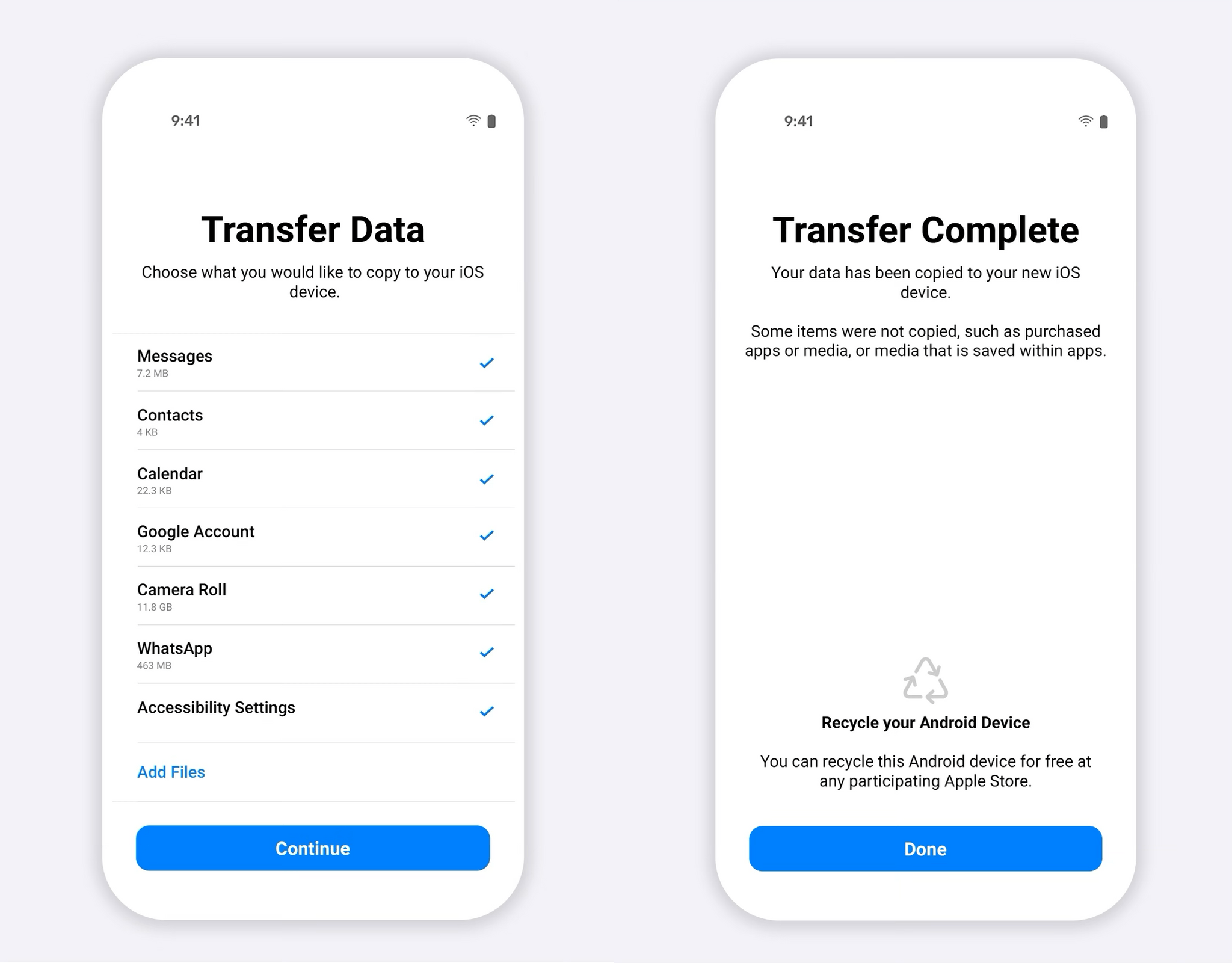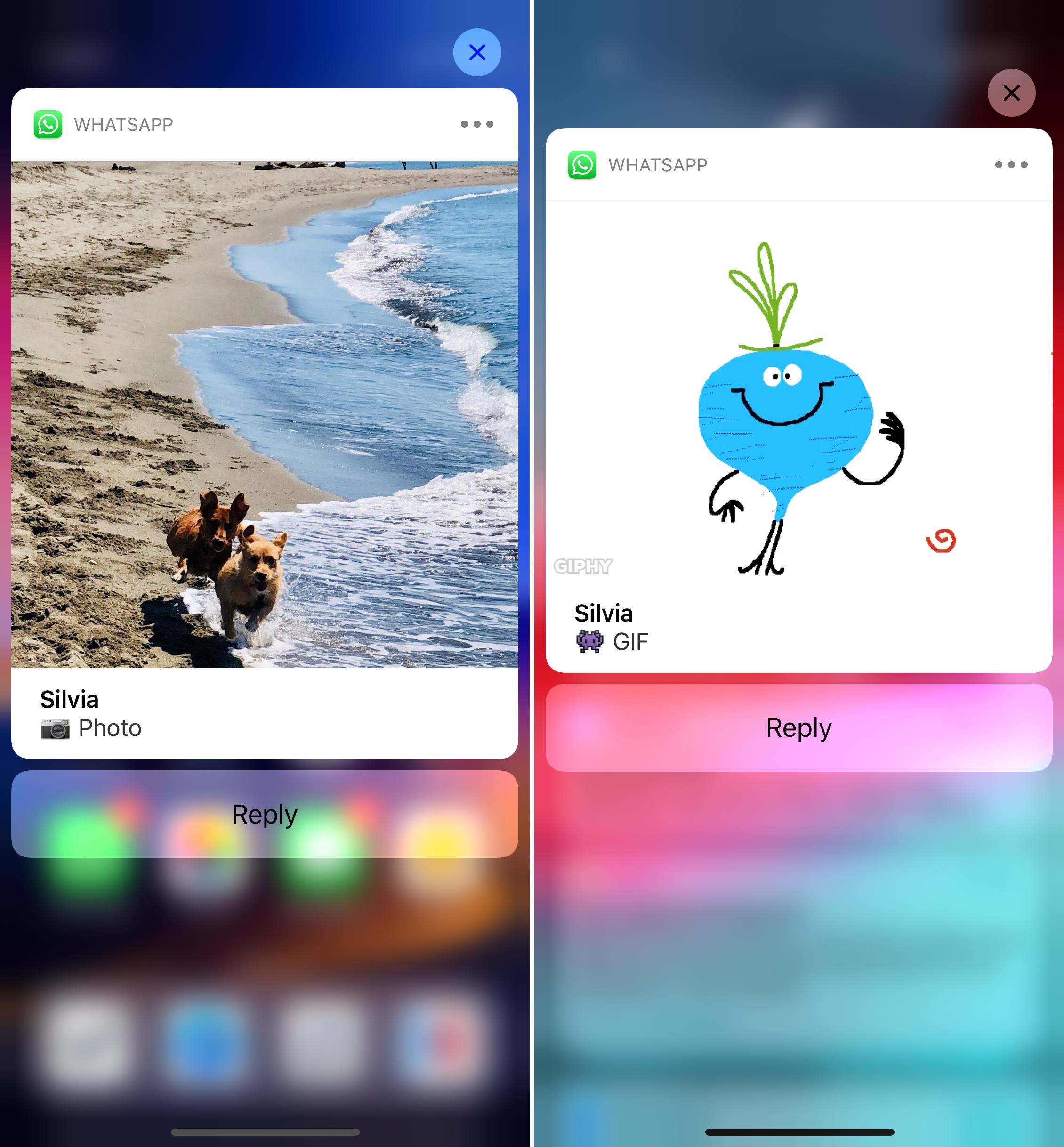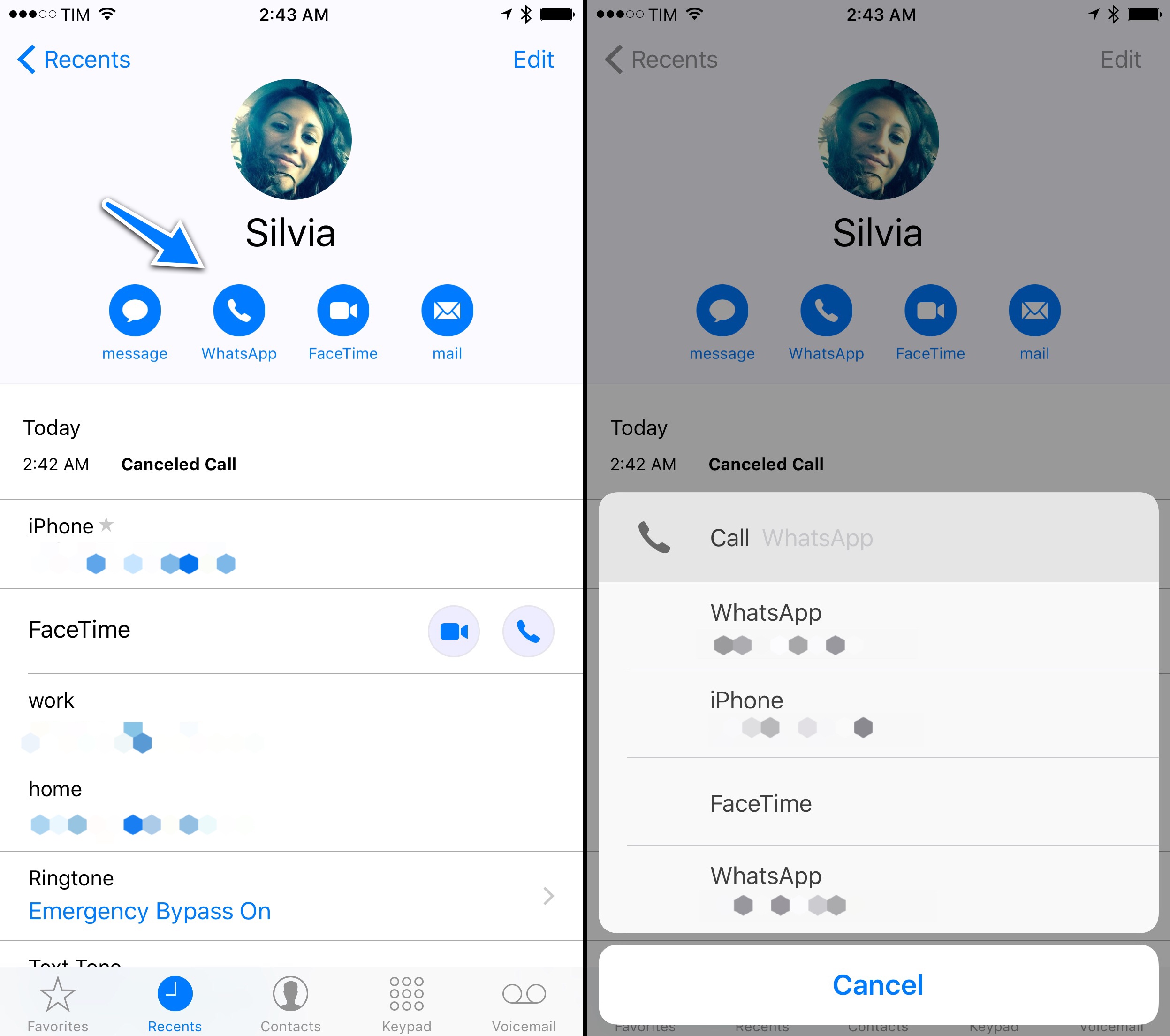WhatsApp announced beta support today for migrating the app’s data from Android devices to the iPhone using Apple’s Move to iOS app, which is available on the Google Play store. Move to iOS is an Android app that could already move contacts, messages, photos, videos, email accounts, and calendars.
With WhatsApp’s update, which is being released as a beta to a limited number of users to start, users with Android devices will be able to use Move to iOS to transfer their WhatsApp message history to iOS. Losing your message history in apps like WhatsApp has been one of the biggest downsides of jumping from one mobile device platform to another. By adding a way to migrate WhatsApp’s message history to iOS, it should be significantly easier for users of the messaging service to switch to iOS going forward.
WhatsApp has also added a support page to its website to walk users through the process of moving their message history from Android to iOS and a help document for anyone who has trouble with the process.





